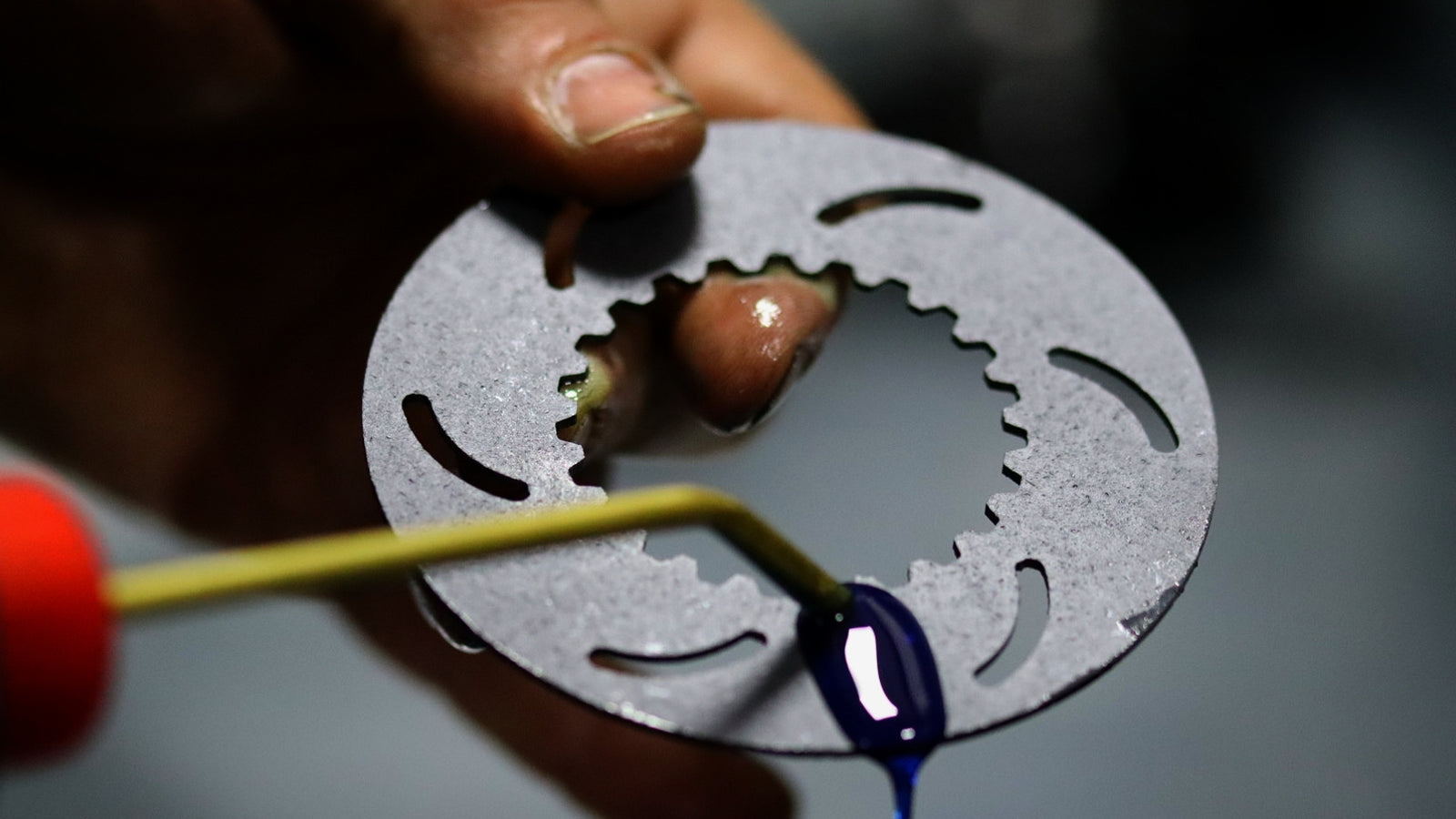Apparel
Accessories
Check out our full lineup of yoga accessories to help you with your daily meditation practice and fitness goals...
Try our new Cork Yoga Brick for soft but solid support
Check out our full lineup of yoga accessories to help you with your daily meditation practice and fitness goals...
Shop
Mega menu
tetasidjaslkihsdlkjfhsdf gjkhsdfgjklsdhfgjkl shdfgjklhsdfgjkl hsdfjklg hsdfkjlg hsdfjklg hsdfjkl ghsdfjkl ghsdfjklgh
Mega menu

Time to get excited about our new collection for Men!
tetasidjaslkihsdlkjfhsdf gjkhsdfgjklsdhfgjkl shdfgjklhsdfgjkl hsdfjklg hsdfkjlg hsdfjklg hsdfjkl ghsdfjkl ghsdfjklgh
Benefits of Limited slip Differentials (LSD)
How Does a Limited-Slip Differential Work?
A limited-slip differential (LSD) offers significantly more control over power distribution than a conventional open differential. While an open diff is designed to let wheels rotate at different speeds when cornering, it often sends power to the wheel with the least traction. This can be a major problem, especially in high-powered or performance vehicles.
Here’s what happens with an open diff:
When you apply throttle, the power takes the path of least resistance — which usually means the tire with the least grip. This results in wheelspin on the unloaded side, while the wheel with grip receives little or no torque. All your power can vanish in a cloud of tire smoke.
Now here’s how an LSD solves that: A limited-slip differential uses internal mechanisms — like clutch packs, cam ramps, or viscous couplings — to actively limit the difference in speed between the two wheels. When one wheel starts to slip, the LSD redirects torque to the wheel with more grip. The result? Better traction, improved cornering, and much more effective acceleration.
Why Clutch-Type LSDs Stand Out
There are several types of LSDs — viscous, helical, and clutch-type. At RacingDiffs, we believe the clutch-type LSD is the most efficient for both street and motorsport use. It offers:
-
High performance and adjustability
-
Custom preload and ramp angle setups
-
Direct mechanical engagement
-
Ideal for drifting, racing, and track days
Want to see how it works?
Watch this Video explaining the inner workings of a clutch-type LSD.
Subscribe
Sign up to get the latest on sales, new releases and more …




